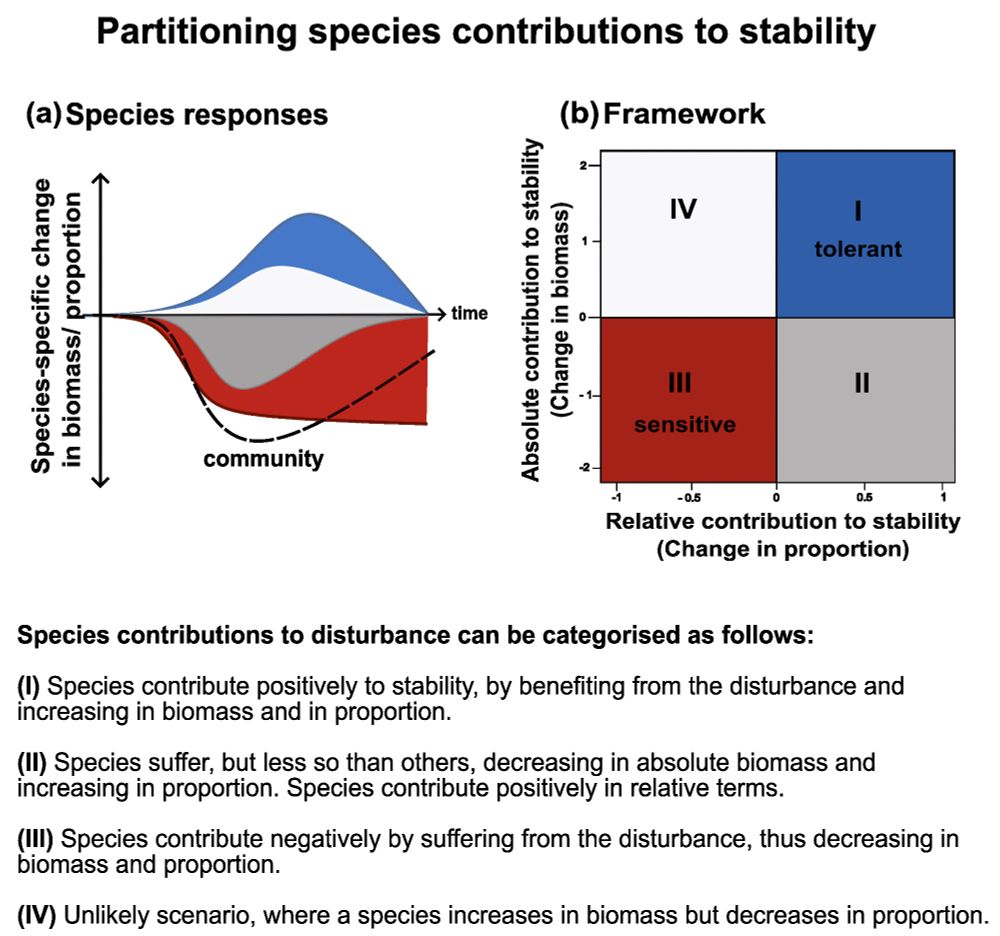Charlotte Kunze
@ckunze.bsky.social
280 followers
160 following
4 posts
Ecologist interested in unravelling ecological stability using computational methods. Coffee lover.
Posts
Media
Videos
Starter Packs
Pinned
Reposted by Charlotte Kunze
Charlotte Kunze
@ckunze.bsky.social
· Nov 25
Charlotte Kunze
@ckunze.bsky.social
· Nov 25
Charlotte Kunze
@ckunze.bsky.social
· Nov 25


